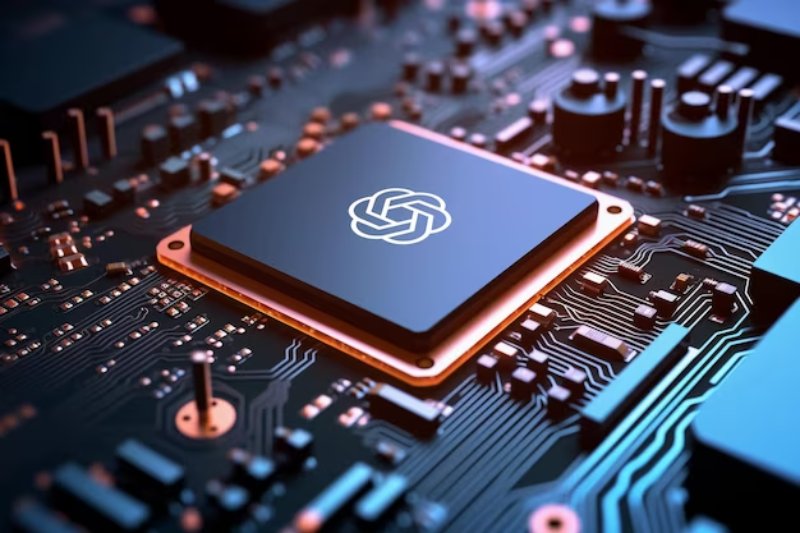Technology
Lightspeed AI Computing Made Possible With a New Chip

Technology
Microsoft Expands Copilot Voice and Think Deeper
Technology
Google Launches Free AI Coding Tool for Individual Developers
Technology
Elon Musk Unveils Grok-3: A Game-Changing AI Chatbot to Rival ChatGPT
-

 Business4 weeks ago
Business4 weeks agoAeon & Trisl Group Makes History, Secures No.1 Spot at Emaar Awards for Second Consecutive Year and Sixth Consecutive Quarter with Record- Breaking Sales Performance
-

 Business4 weeks ago
Business4 weeks agoFlipkart Offers Huge ₹26,000 Discount on Google Pixel 9—Grab the Deal Now!
-

 World4 weeks ago
World4 weeks agoPresident’s Day 2025: History, Significance, and Modern Observance
-

 Technology4 weeks ago
Technology4 weeks agoElon Musk Unveils Grok-3: A Game-Changing AI Chatbot to Rival ChatGPT
-

 Business4 weeks ago
Business4 weeks agoNvidia-Backed Field AI in Talks to Raise Funds at $2 Billion Valuation
-

 Business3 weeks ago
Business3 weeks agoLevel Up Your Digital Game with DigiRoads – Training, Strategy, and Success
-

 Entertainment4 weeks ago
Entertainment4 weeks agoChhaava Box Office Collection: A Blockbuster Week One
-

 Science4 weeks ago
Science4 weeks agoChina’s Tianwen-2 Set for Launch to Asteroid and Comet















